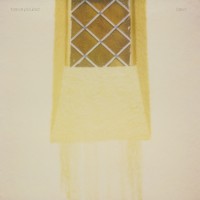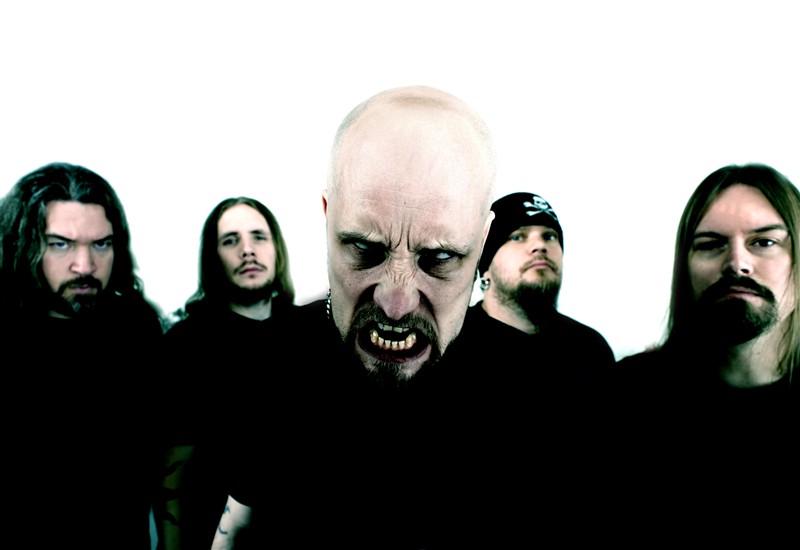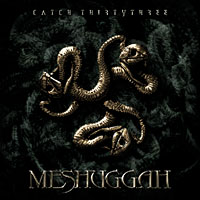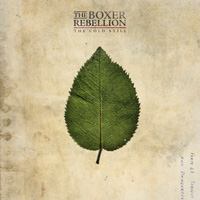 Ivan & Alyosha: Fathers Be Kind (Missing Piece, 2/1/11)
Ivan & Alyosha: Fathers Be Kind (Missing Piece, 2/1/11)
Ivan & Alyosha: “Glorify”
[audio:https://alarm-magazine.com/wp-content/uploads/2011/03/05-Glorify.mp3|titles=Ivan & Alyosha: “Glorify”]Seattle indie-folk band Ivan & Alyosha might sound like a duo, but the quartet’s name actually comes from the main characters in Fyodor Dostoevsky’s The Brothers Karamazov.
The band began as the solo project of Tim Wilson in 2007. Before long, Wilson linked up with guitarist Ryan Carbary, and bassist Tim Kim and Wilson’s brother, Pete, joined the band prior to its new five-song EP, Fathers Be Kind.
In this piece, penned by Pete and Tim Wilson, they reveal their deep love for gospel, and explain that even their pop songs have characteristics of the gospel tradition. After your read the words below, listen to the sounds of “Glorify” above to see how the band practices what it preaches.
The Deep Roots of Gospel Music
by Ivan & Alyosha
Lately, we have all been heavily influenced by traditional gospel music. Something magical happens when all four of us gather around a piano, have a drink, and enjoy each other’s company by singing old hymns, harmonizing together, and eventually writing a song. It’s a very natural thing for people who have a common bond to sing about things that they believe in. We usually tend to write “pop songs,” but lately we’ve realized just how deeply rooted in gospel our songs really are — even southern gospel.
Just like Johnny Cash and the Tennessee Three, Elvis and The Jordanaires, or The Million Dollar Quartet, when these guys got together to sing, they would sing gospel songs. I’ve read stories about Elvis backstage after a show at the International Ballroom in Vegas; it would be like 3 AM, every famous person you could think of was in the room, and all Elvis would want to do ’til the wee hours of the morning was sing gospel jams. I sometimes fantasize about being in that room, singing harmonies with “The Memphis Mafia” and Sammy Davis Jr., but I’m happy to settle for I&A’s RV after a show, driving to the next town, getting late-night eats and drinks, and singing our guts out to “Known Only To Him,” “Softly & Tenderly,” or “When The Roll Is Called Up Yonder.”




















